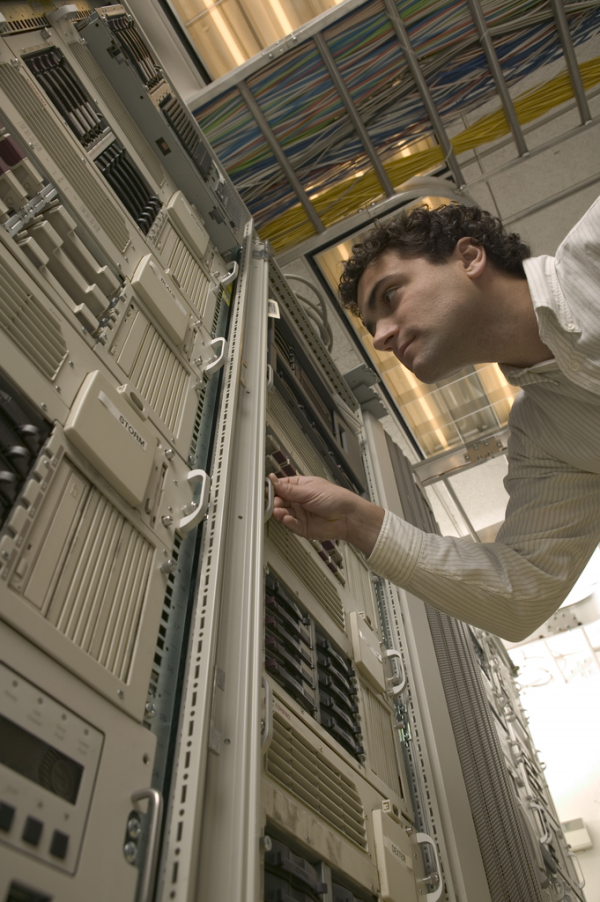I recently started a blog series discussing some of the main reasons companies need to implement a new ERP system. Reason #1 can be found here. Today, I'll discuss Reason #2.
Reason #2: Total Cost of Ownership Cannot be Justified for Your Current System
Despite the comforts of existing system and process familiarity, sometimes the high Total Cost of Ownership (TCO) for a legacy ERP system speaks for itself… something must change. Some ERP systems were not designed for growing organizations that need advanced functionality to manage sophisticated processes; so costly workarounds are put in place. More often than not, every time the on-premise legacy system has an upgraded version, the work-arounds also require changes. In addition, maintenance costs, both direct and indirect, continue to compound year after year. In today’s economic climate, businesses need technology solutions that grow and adapt with them, allowing leadership to focus on the “business picture” of goals and profits, not the compounding costs of ERP systems.

When thinking about the TCO of legacy ERP systems, the cost of adding new hardware, paying for regular upgrades, hardware maintenance costs, and adding additional personnel to handle the increasing complexities of a company’s IT operations are common components. Many times, as business leaders, we get so wrapped up in our day-to-day responsibilities that we become accustomed to familiar processes and don’t realize the hidden, indirect costs associated with our current technology. Unfortunately, the workarounds put in place to manage an ERP system that a company has outgrown or outlived, result in hidden costs such as reporting based on incorrect or stale data, lack of control and compliance, process inefficiencies, and additional time and resources needed to achieve results. These direct and indirect costs multiply over time and can have an adverse effect on your bottom line.
According to a recent report from Nucleus Research, companies using Intacct to run their back office achieved both direct and indirect benefits including increased productivity, increased visibility, reduced or avoided IT costs, improved inventory management, accelerated financial processes, and reduced audit costs. Specifically, the Nucleus report provided these examples of companies switching to cloud-based ERP solutions from outdated, on-premise systems:
- Saved 500 hours a year on manual data entry
- Eliminated $30,000 in annual IT costs
- Avoided hiring an additional accounting employee
I don’t know about you, but as President of BTerrell Group, these types of savings would outweigh the thought of an out-of-control TCO any day! If I can reduce TCO and improve my bottom line by taking advantage of cloud technology, that is the validation I need.


